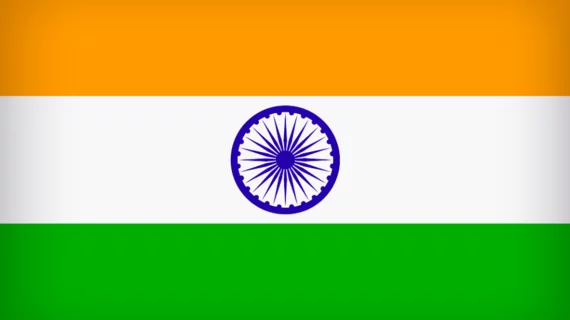Cardiovascular disease (CVD) caused more than a quarter of all deaths in India in 2015, according to a new study in The Lancet Global Health, with rural residents and young adults accounting for most of the recent uptick.
The study used verbal autopsies collected from 2001 to 2013 among 2.4 million households to ascertain causes of death and provide countrywide estimates of the prevalence of CVD mortality. Out of the 2.1 million cardiovascular deaths estimated for 2015, 1.3 million occurred in adults ages 30-69—including 68.4 percent from ischemic heart disease and 28 percent from stroke.
According to the authors, the probability of dying from ischemic heart disease at these ages increased from 10.4 to 13.1 percent among men from 2000 to 2015. It increased from 4.8 to 6.6 percent among 30- to 69-year-old women over the same timeframe.
The World Health Organization estimates that India accounts for more than a fifth of the worldwide CVD deaths among middle-aged people. Considering this statistic, the study suggests the United Nations’ goal to reduce global CVD mortality by one-third by 2030 won’t come to fruition without dramatic improvement from India.
"The finding that cardiac disease rose nationally in India and that stroke rose in some states was surprising," lead author Prabhat Jha, MD, director of the Centre for Global Health Research at St. Michael’s Hospital in Toronto, said in a press release. "This study also unearthed an important fact for prevention of death due to cardiovascular disease. Most deaths were among people with previously known cardiac disease, and at least half were not taking any regular medications."
Jha and colleagues pointed out cheap, generic statins have been shown to lower cardiovascular mortality by 15 percent for each 18 mg/dL drop in LDL cholesterol. However, previous studies—and the low reported medication usage in this report—suggest less than 10 percent of Indians with CVD routinely use statins.
The researchers said a “polypill” containing generic aspirin, blood pressure medication and statin in one pill may be a widely effective strategy in India considering the low use of any secondary prevention drug by its residents.
Jha et al. found the rates of death by stroke decreased countrywide, but a third of premature stroke deaths occurred in the northeastern states which only contain about a sixth of the population.
“The unexpectedly diverse patterns of cardiovascular mortality require investigation to identify the role of established and new cardiovascular risk factors,” the authors wrote. “Secondary prevention with effective and inexpensive long-term treatment and adult smoking cessation could prevent substantial numbers of premature deaths.”
Causes of death weren’t able to be verified with clinical autopsy, but each verbal autopsy—collected by trained census staff—was independently examined by at least two physicians to determine the most likely cause of death. This technique enabled the largest and most representative analysis of India’s CVD mortality rates to date, the researchers said.

